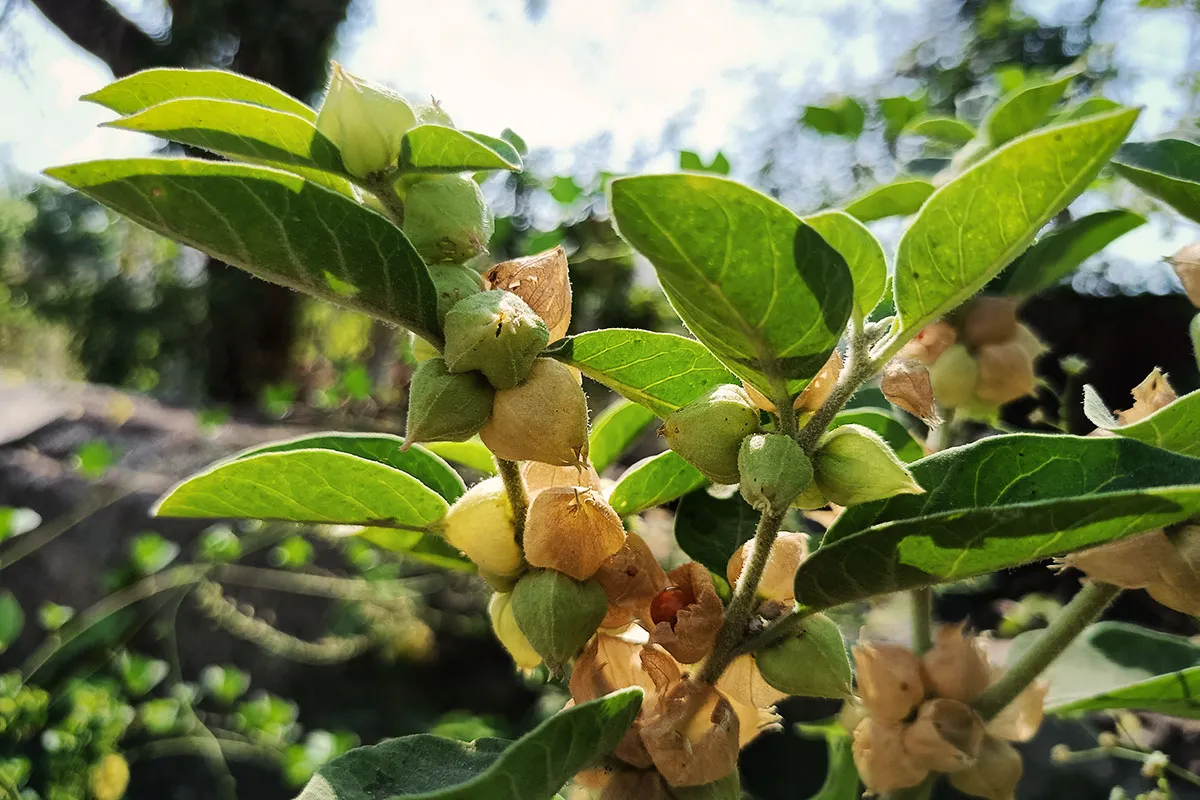Several years ago, I did a 2-part blog on the dangers of sunscreens. They have some good information, and the links are below.
The Dangers of Commercial Sunscreens, Part 1 https://www.donnieyance.com/the-dangers-of-commercial-sunscreens/
The Dangers of Commercial Sunscreens, Part 2 https://www.donnieyance.com/the-dangers-of-commercial-sunscreens-part-2/
Skin cancer is the most commonly diagnosed cancer in the US. Despite decades of widespread use of sunscreen and sunblock, the rates of the three main types of skin cancer—basal cell carcinoma, squamous cell carcinoma, and melanoma—are on the rise.[1]This concerning trend raises questions about the effectiveness of current sun protection methods and the factors contributing to skin cancer.
Continue reading “Do Sunscreens Truly Prevent Skin Cancer?”







